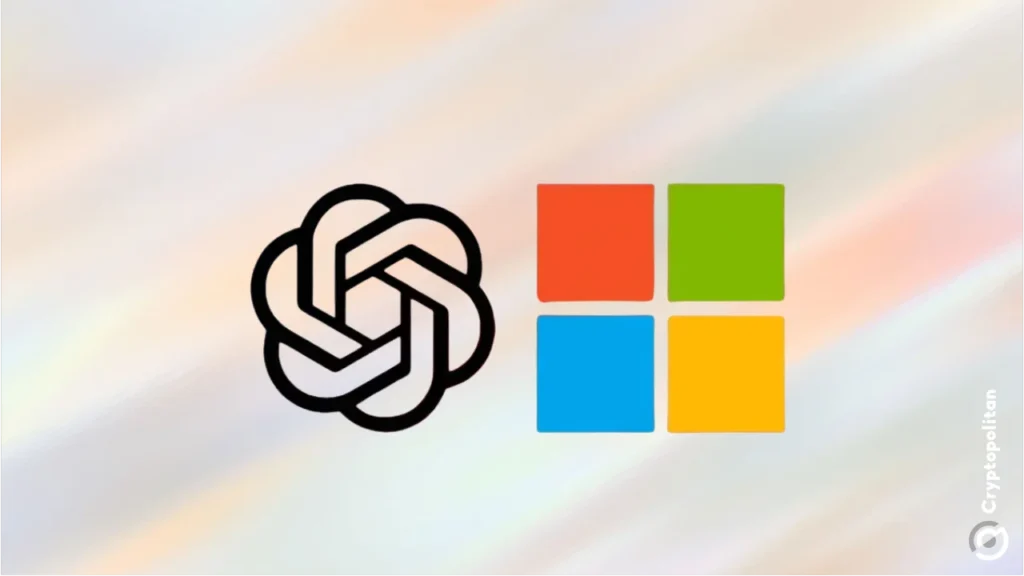Microsoft’s recent strategy to integrate Anthropic’s technology into its Office 365 suite marks a significant shift in its approach to artificial intelligence implementation. Historically, Microsoft has leaned heavily on OpenAI’s models to power AI-driven features across its suite of applications, including Word, Excel, Outlook, and PowerPoint. However, as competitive pressures increase and new technologies emerge, Microsoft is diversifying its partnerships in order to optimize its offerings and address the varying needs of its user base.
The decision to incorporate Anthropic’s models stems from findings that suggest these newer AI models outperform OpenAI’s offerings in specific applications, particularly in handling complex financial functions in Excel and generating visually appealing presentations in PowerPoint. This performance gap indicates a critical assessment of AI technologies is necessary in order to deliver the best possible tools to users. By blending Anthropic’s capabilities with OpenAI’s, Microsoft aims to leverage the strengths of multiple AI providers, thereby enhancing the overall user experience.
From a strategic standpoint, Microsoft’s pivot towards a multi-partner approach is noteworthy. The company has long been a significant investor in OpenAI, committing over $13 billion to the partnership that secured its position as a leader in the AI race. However, the landscape is rapidly evolving. OpenAI’s recent struggles, notably the inability of its anticipated GPT-5 model to outperform Anthropic’s Claude Sonnet 4, have prompted Microsoft to broaden its reliance on other advanced AI systems. This approach not only mitigates risk but also ensures that Microsoft can provide a feature-rich experience that meets the demands of both businesses and individual users.
When comparing AI and automation platforms, one must consider several factors, including performance, cost-effectiveness, scalability, and return on investment (ROI). In this regard, the strengths and weaknesses of each platform play an essential role in decision-making. For instance, OpenAI has been celebrated for its user-friendly interfaces and broad applicability across various sectors, enhancing productivity but often accompanied by high operational costs, particularly at scale. Conversely, Anthropic has garnered attention for its specialized capabilities and performance in niche applications, presenting an alternative that may lead to better ROI in specific scenarios, such as financial modeling or creative presentation generation.
The cost of integrating these AI technologies into existing workflows also poses a critical consideration for small and medium-sized businesses (SMBs). While Microsoft has indicated that the pricing of Office AI tools will not change despite the integration of Anthropic’s technology, companies must evaluate the potential effectiveness of these tools compared to their current solutions. Investments in superior technologies can result in significant long-term savings by streamlining operations, improving efficiency, and reducing the burden of manual tasks.
In a direct comparison, tools like Make and Zapier present themselves as robust automation platforms. Make may offer advanced multi-step workflows and more complex automations, making it ideal for businesses with intricate operational demands. Zapier, on the other hand, excels in ease of use, allowing non-technical users to quickly implement automation solutions. The choice between these platforms often boils down to the specific needs and capacities of the business. Organizations looking for scalability and advanced capabilities may gravitate towards Make, while those prioritizing user-friendliness and speed over complexity might prefer Zapier.
As the automation landscape continues to evolve, the imperative for SMBs becomes clear: harnessing the best technologies is crucial for staying competitive. The advent of AI in workplace tools not only enhances productivity but also allows for more strategic deployment of human resources. The need for speed and flexibility in adapting to new tools will determine not just operational efficiency but also market relevance.
Critical takeaways for SMB leaders involve recognizing the necessity for an adaptive technology strategy that incorporates both established and emerging AI solutions. Engaging in comparative analysis of tools, factoring in the specific context of implementation, will yield better outcomes and foster an environment ripe for innovation. Vendor partnerships, such as those fostered by Microsoft, are essential for achieving resilience in rapidly shifting technological paradigms.
FlowMind AI Insight: As businesses navigate the complexities of technology integration, a multi-partner strategy that combines the strengths of various AI systems can unlock new levels of efficiency and productivity. By thoughtfully assessing and adopting the right tools, SMB leaders can position their organizations to thrive in an increasingly competitive landscape.
Original article: Read here
2025-09-09 23:07:00

